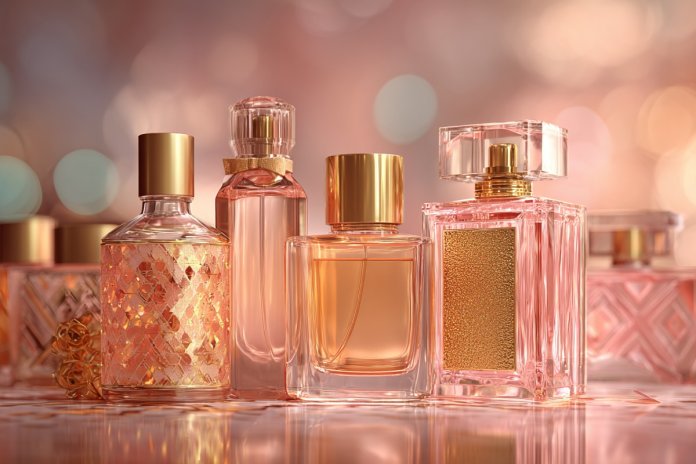The fragrance sector continually demonstrates itself as one of the most resilient and lucrative branches of the worldwide economy. In spite of inflationary pressures, geopolitical instabilities, and changes in consumer habits, the fragrance market continues to record noteworthy growth in both quantity and value. Well-established labels and small boutique manufacturers acknowledge the market’s immense possibilities, swiftly attracting investors to this vibrant area.
A key catalyst for this growth is the continually increasing demand for women’s fragrances, a category that leads global sales. Women buy fragrances not only for their personal use but also as gifts, reflections of their personal style, or even as sentimental investments. The diversification of tastes—from floral and oriental aromas to minimalist or eco-conscious perfumes—has prompted the introduction of thousands of new offerings in recent years. Innovative manufacturers attract the interest of an increasingly discerning and knowledgeable audience.
The female fragrance market comprises roughly 60% of global sales in the fragrance industry. Women apply fragrances daily across various contexts, including professional, intimate, or social environments. They exhibit a greater willingness to experiment with new products and show greater interest in brand narratives, packaging aesthetics, and the ethical principles of companies.
Moreover, there is an increasing demand for vegan fragrances that exclude animal-derived components and are produced sustainably. These particularly appeal to young, urban women who prioritize social responsibility.
While women’s fragrances lead in volume, the men’s segment is also experiencing growth. The rising interest in men’s fragrances signifies a shift in consumer attitudes—the contemporary man is mindful of his appearance, invests in grooming products, and is receptive to refined sensory experiences. Men’s fragrances have transformed considerably in the past decade, evolving from traditional woody or citrus scents to more intricate blends inspired by leather, rare spices, marine notes, or oriental fragrances. These scents represent not just masculinity but also character, lifestyle, or mood.
From an economic standpoint, the men’s fragrance segment offers considerable profit margins for both producers and retailers. These products are often bought by men, partners, or family members, thus expanding the consumer base. Additionally, the corporate sector (business gifts, premium loyalty packages) has spurred the creation of exclusive lines for upscale clients.
Another notable trend is the surge of artisanal or niche brands, which are capturing a growing consumer base. These manufacturers emphasize authentic narratives, rare components, and distinct olfactory experiences, frequently handcrafted or released in limited batches. Such fragrances present themselves as premium offerings, with elevated prices and significant symbolic value.
Economically, these enterprises may have lower startup costs compared to large industrial players, yet they boast high profit margins and strong customer loyalty. In regions such as Romania, local companies are starting to create perfumes for both women and men that draw inspiration from local landscapes, traditions, or native Romanian ingredients—an initiative that supports both olfactory tourism and the circular economy.
Even though the fragrance industry is appealing, it encounters significant challenges. The competition is intense, necessitating differentiation through branding, design, and formulation. Additionally, international standards regarding allergens, animal testing, and product labeling are tightening, demanding continuous adaptation.
Manufacturers must partner with accredited laboratories, invest in research and development, and comply with global standards to access export markets.
In this age of personal branding, selecting a fragrance has evolved into an element of an individual’s professional and social identity. Both women and men view fragrances as an extension of their persona, fueling the demand for unique, exclusive, and representative products.
Furthermore, more businesses are integrating fragrances into their olfactory marketing strategies—whether in retail locations, hotels, clinics, or showrooms, crafting a distinctive olfactory signature becomes an integral part of the customer experience.
The fragrance industry continues to be one of the most vibrant, profitable, and innovative sectors within the global economy. The demand for fragrances remains on the rise, with consumers pursuing products that merge quality, brand identity, and sustainability.
For investors and entrepreneurs, the potential is extensive—from creating their own brands to distribution, online sales, or global collaborations. Amid an increasingly unpredictable economic environment, fragrances endure as a constant: a masterpiece of art, a luxury commodity, and a dependable investment in self-image.


